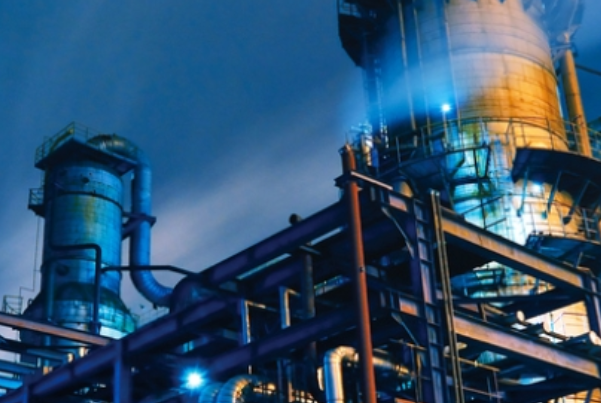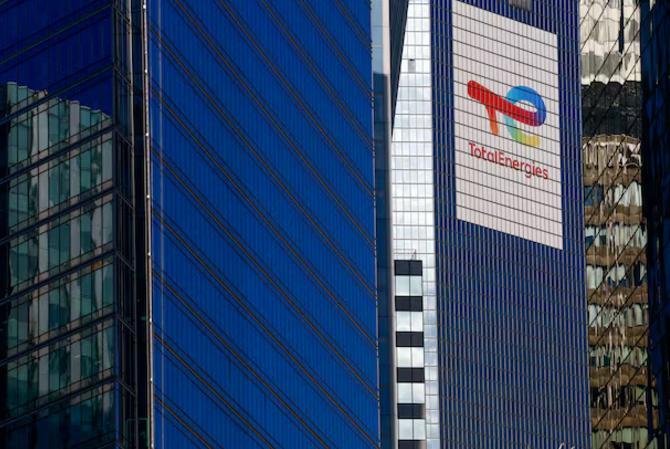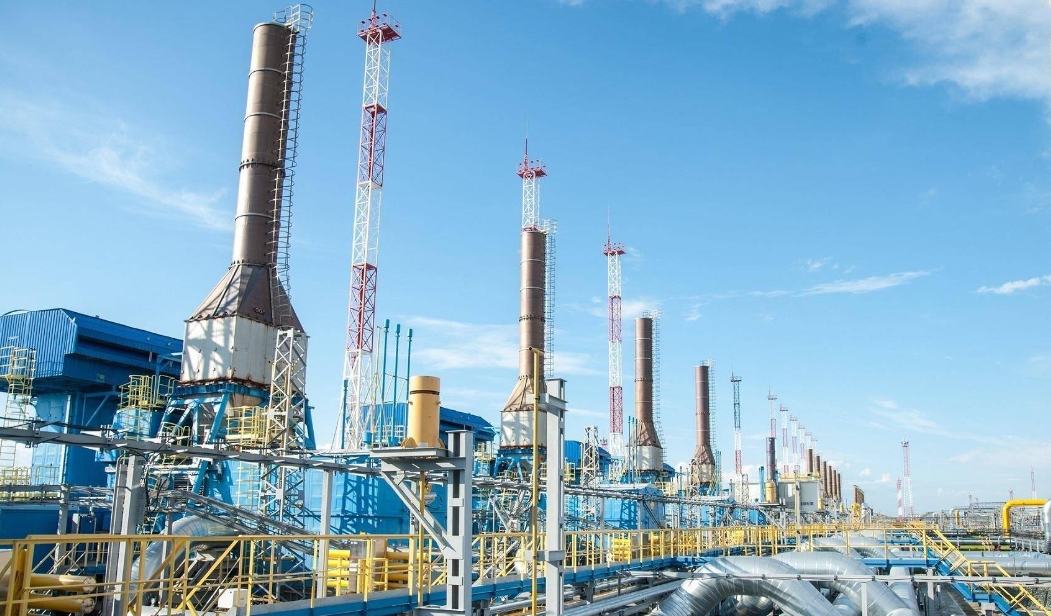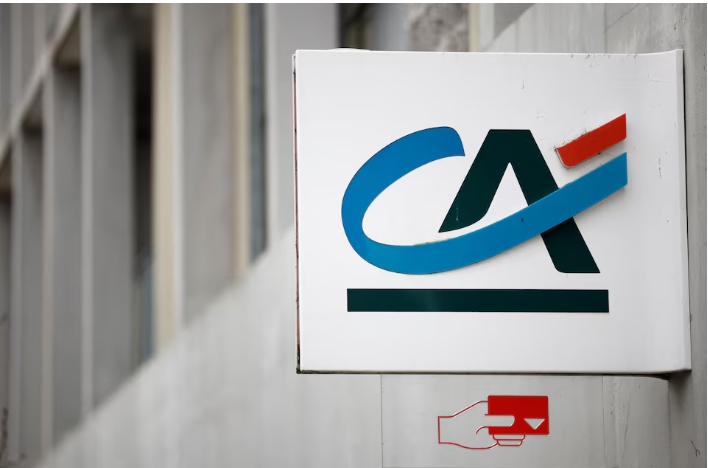
Do you know that almost half the world’s energy is used for industrial activity? Growing urbanization and rapid development have created demand for new roads, buildings and homes, household goods, automobiles and the like. All these use steel, cement and chemicals which are energy-intensive products. In 2017, the industrial sector used half the world’s electricity and as much energy as consumed jointly for residential use and transportation.
While power is imperative for development, countries such as India need to strike a balance between making energy affordable and accessible to a growing population while at the same time bringing down energy costs through greater efficiency in operations and reducing the environmental risks associated with it.
PAT: Trading Energy Surplus for Shortfall
The Perform, Achieve and Trade (PAT) scheme launched by the Bureau of Energy Efficiency (BEE) (Govt. of India, Ministry of Power), which ran its first cycle from 2011-2014, was a step in the right direction to make industries energy-efficient. It focused on eight industries – thermal power plants, fertilizers, cement, aluminium, pulp and paper, iron and steel, textiles and chlor-alkali – all of which are known energy guzzlers.
Each of these were assessed and given energy-reduction targets. At the end of the three years, those who overachieved the targets were awarded Energy Saving Certificates (ESCerts), which translate into 1 metric tonne of oil (MTOe).
Why India Needs New Energy Technologies
The energy sector is the largest source of GHG emissions globally and can, therefore, play an imperative role in bringing these levels down and slowing down the process of climate change.
Reducing the ecological footprint of businesses is even more crucial for countries like India, where, according to World Bank data, the pressure on natural resources including water, air, soil and forests is expected to be the highest in the world by 2020. This is primarily because India has one of the highest densities of economic activities in the world, due to which a large percentage of the population relies on natural resources for their livelihoods.
The need of the hour is to innovate cleaner energy technologies which boost industrial productivity while reducing carbon footprint.
The Big-Savings Case Study
Energy giants such as ExxonMobil have helped industry leaders such as Bhushan Power & Steel, JK Cement, Dalmia Cement and Apollo Tyres reduce their energy consumption by deploying the right kind of technological interventions in their processes. These solutions range from a shift to low-carbon fuels to using energy-efficient lubricants like the Mobil SHC Elite Series, Mobil SHC Pegasus 30 among others. Additionally, industry heavyweights can also look at solutions like vacuuming CO2 from the atmosphere using the Global Thermostat solution, cogeneration, carbon capture and storage technology.
About 60% of machine failures are attributed to poor or improper lubrication practices. A recent study by Massachusetts Institute of Technology (MIT) estimated an annual loss of $240 billion across industries in the USA due to downtime and repairs needed in machinery because of poor lubrication.
Lubricants play an important role in machine reliability and preserving its functions because they form a guard layer between machine components like gears, bearings and engines to protect them from severities of use such as extreme temperatures and corrosion. They are regular additives in the process of machine functioning.
A leading steel manufacturer, Bhushan Power and Steel Limited (BPSL) has four plants located across the country. During an assessment of the hydraulic system at BPSL’s Jharsuguda plant, which was running on a zinc-based oil, it was found that several valves had failed due to high temperatures and continuous running. This led to annual productivity losses of approximately 180 tonnes.
Experts from ExxonMobil’s Field Engineering Services (FES) offered a solution in the form of high-performance hydraulic oil, Mobil DTE 10 Excel 46 and patented used-oil analysis process, the Mobil Serv Lubricant Analysis (MSLA) to enhance productivity and improve the efficiency of the hydraulic system. The switch to the new lubricant led to an increase of hydraulic efficiency by 3.2% and annual savings of about INR 73,68,197 as the productivity jumped by 180 tonnes per year.
Additionally, CO2 emissions were also recorded to have plummeted by 34 tonnes a year, which led to a marked improvement in the company’s carbon footprint.
“The results that Mobil DTE 10 Excel 46 delivered for BPSL has demonstrated our technology leadership which has not only enabled a high degree of equipment protection but also eliminated servo valve failure, improved efficiency and led to savings,” said Shankar Karnik, General Manager Industrial, ExxonMobil Lubricants Private Limited.
As the world looks towards new technologies to reduce carbon emissions, it’s up to industry leaders to find innovative ways to counter the environmental costs of progress and development. And making industrial processes technologically advanced, energy-efficient and policy-focused is a significant leap in that direction.







